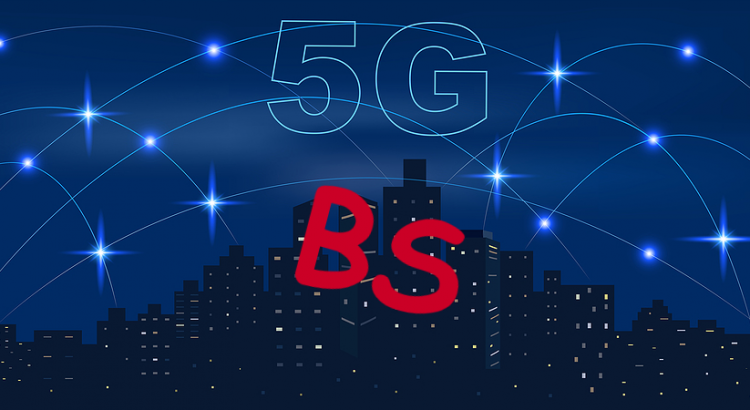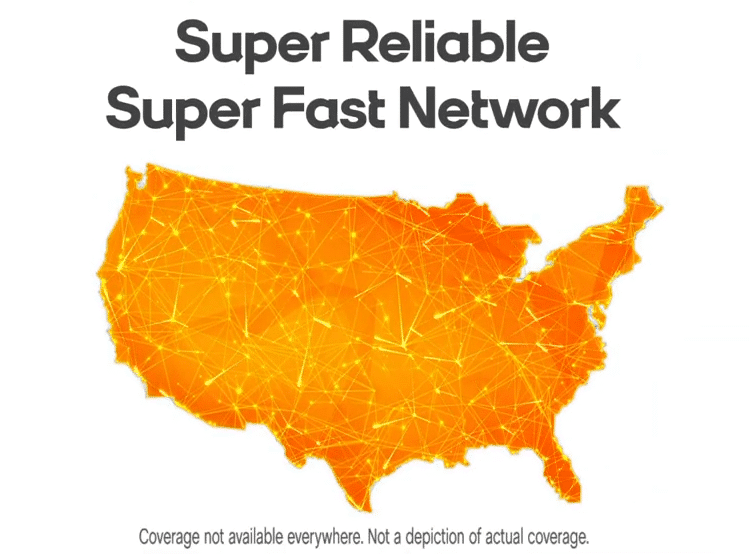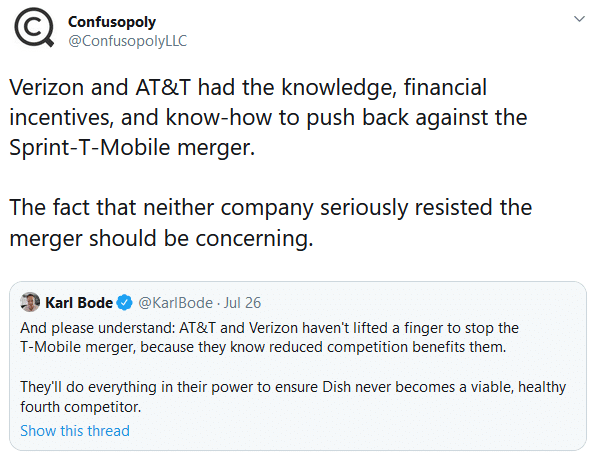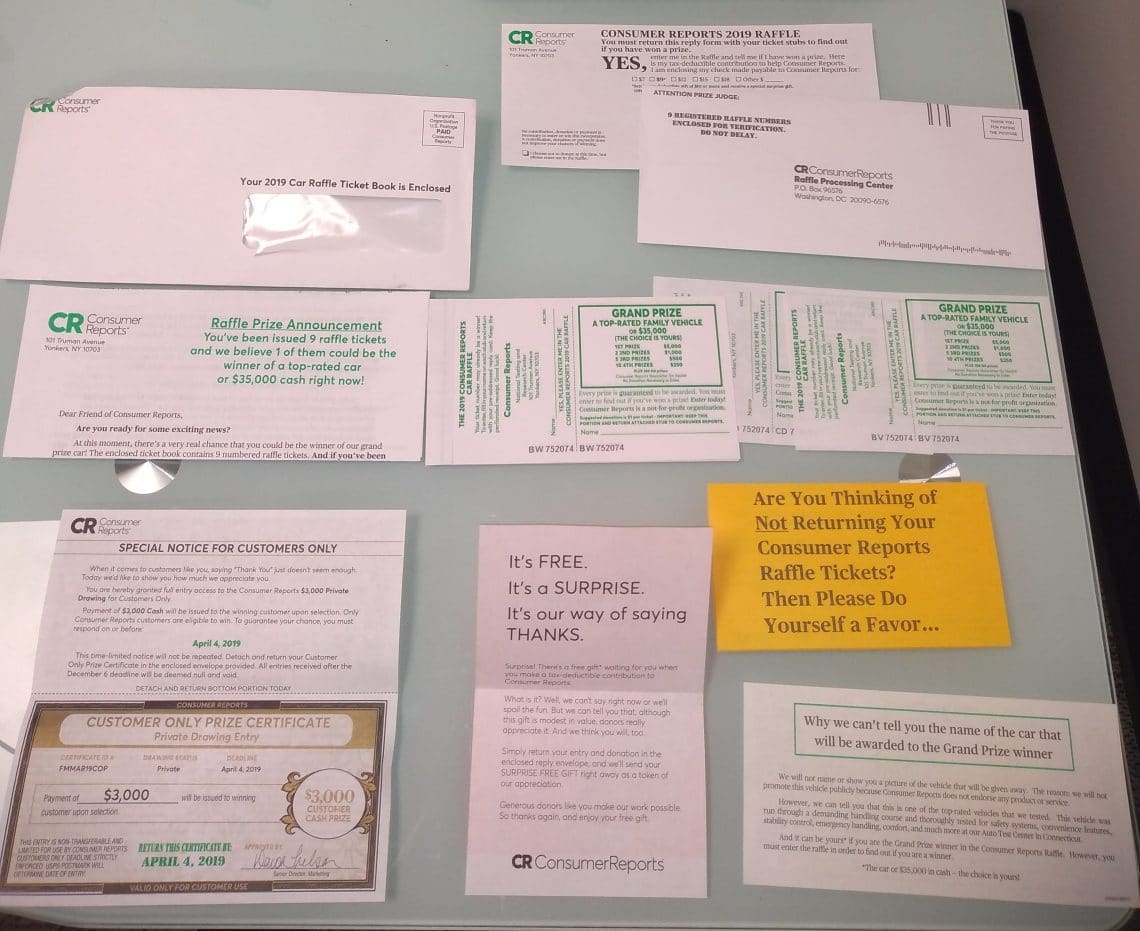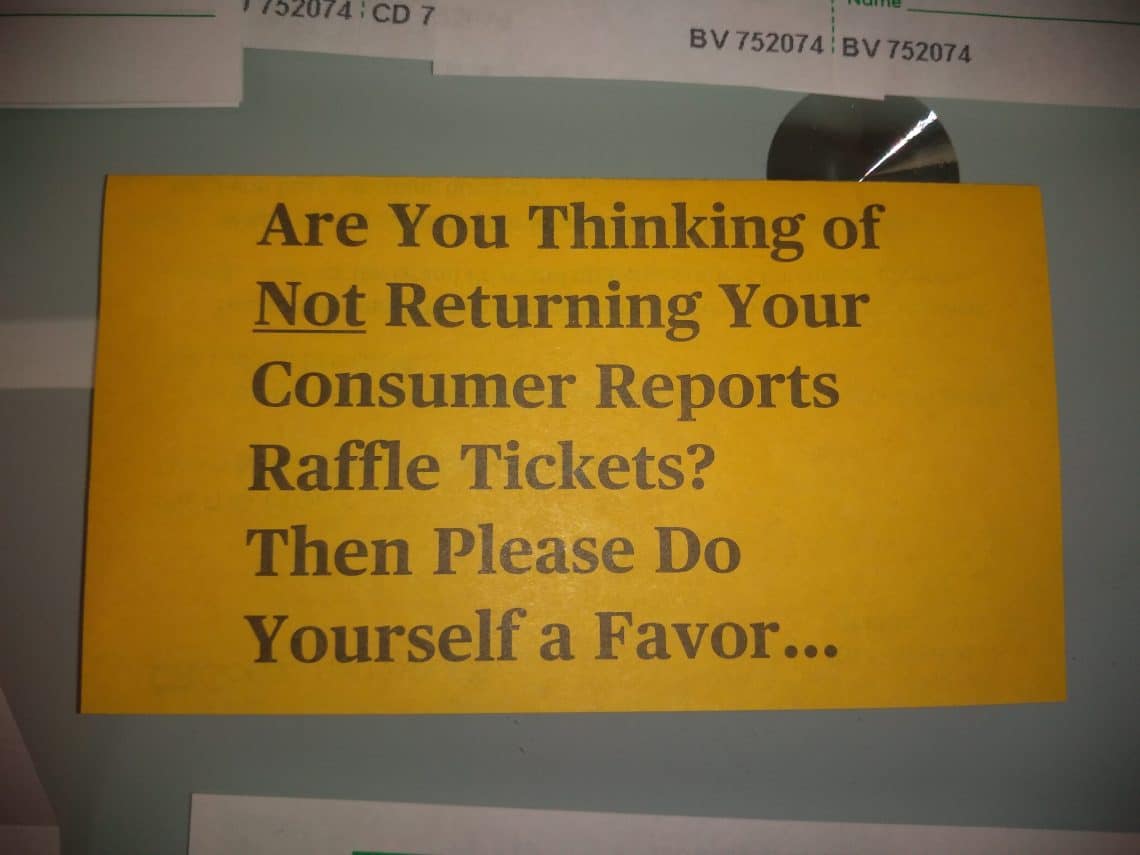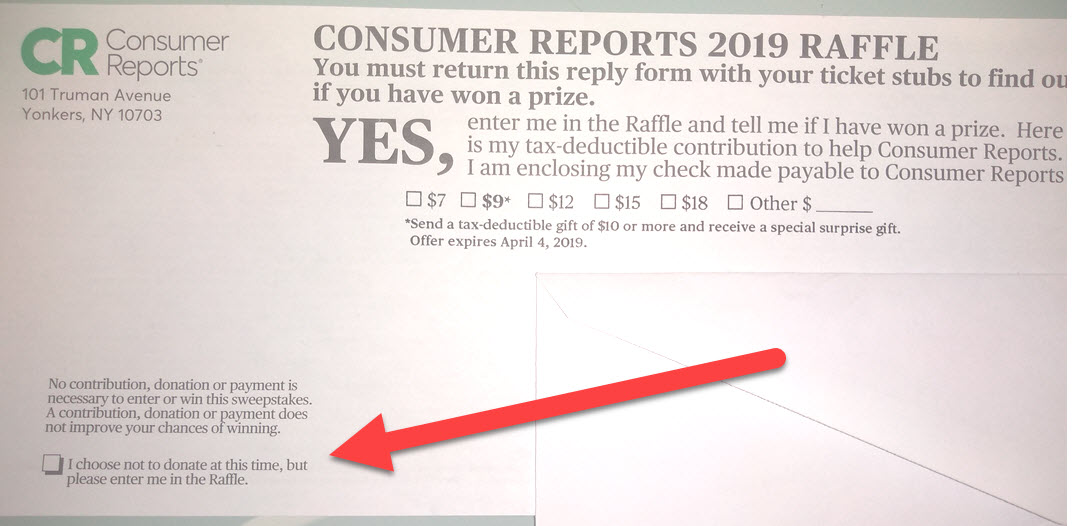There’s a lot of unrealistic hype going around about 5G. Most of the hype focuses on the blazing-fast speeds 5G can offer.
Today, T-Mobile’s CEO, Mike Sievert, made a big deal about 5G latency rather than 5G speed:1
You know when your GPS is a little behind, or your video game lags, or you accidentally talk over someone on Zoom? That's called latency.
Our standalone 5G network will push users that much closer to real-time connection, eventually making lags a thing of the past. pic.twitter.com/F9GNaRCF0I
— Mike Sievert (@MikeSievert) August 4, 2020
Latency measures the time delay involved in data transfer. It’s common for 4G connections to have a latency of about one-twentieth of a second (50 milliseconds). Some 5G technologies may be able to push latency far lower.
The video Sievert shared is allegedly a demonstration of latency under different technologies. It’s not remotely fair. The phone supposedly demonstrating a 4G LTE connection is about five seconds behind the real world. Latency isn’t anywhere near that bad with 4G. If it was that bad, normal voice conversations and video chats using 4G wouldn’t be possible.
